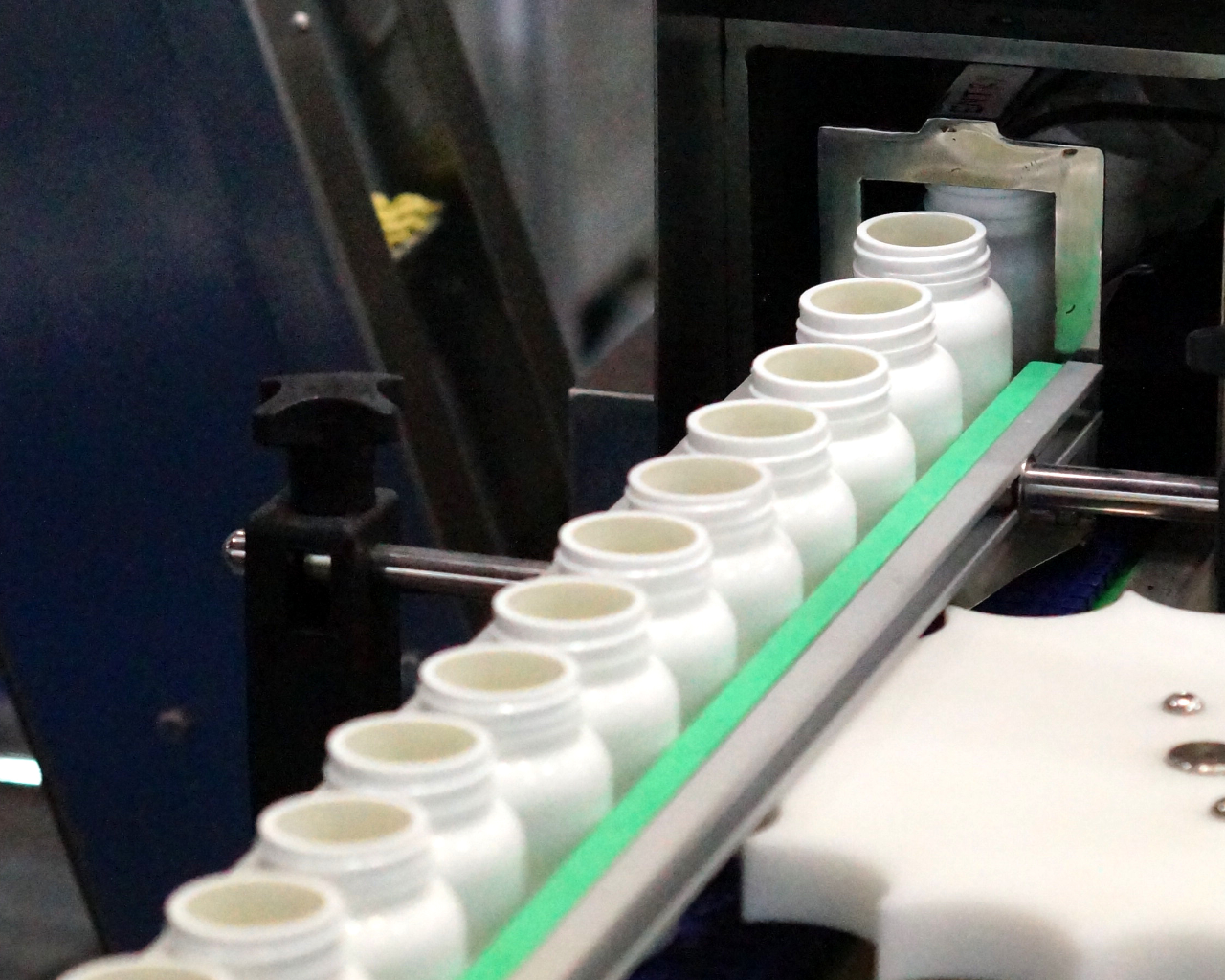04 Oct EU-GMP Chapter VII: is a “Chain of Contracts” allowed?
The European Medicines Agency (EMA) has updated the Questions and Answers on the outsourced activities chapter to include “Chains of Contracts” in the pharmaceutical industry, a “setup” where one or more parties (sites/companies) are acting as signatory in a chain of contracts that links them together.
This new setup represents an innovative approach that allows greater flexibility in contractual relationships between different entities involved in the production of medicines, while maintaining high quality and safety standards.
Therefore, the setup introduces one or several separate legal entities between the contract giver such as MAH and MIA holder responsible for QP certification of the product and the contract manufacturer or any other entities included in the manufacturing/supply chain as a contract acceptor. In fact, the GMP activities concerned are sub-contracted over one or several levels”.
Principles
The Questions and Answers clarifies in which exceptional cases such a “chain of contract” setup would be acceptable instead of direct written contracts, the conditions to be met are as follows:
- robust and timely communication – It should be ensured that robust and timely communication between the MAH, the MIA holder responsible for QP certification and the contract manufacturers is secured through the “chain of contracts”.
- Access to contracts – The MIA holder and the QP should have access to all of the contracts in the “chain of contracts”. Contract manufacturers should have access to those contracts relevant to the activities they perform and the associated responsibilities. As per EU GMP Chapter 4 all these contracts are to be considered as part of the Pharmaceutical Quality System.
- Written assessment – The MIA holder and the QP should perform a written assessment of the suitability and functionality of such a setup.
- Notification of changes – Any changes in the “chain of contracts” must be notified to and approved by the MIA holder and the QP prior to the change of the respective contracts being implemented.
- Audited and evaluated according to EU-GMP standards – All parties involved in the “chain of contracts” setup should be audited and evaluated in accordance with Chapter 7 and Annex 16 of the EU-GMP and should also be reflected in the supply chain diagram.
- PQR – All contracts within the “chain of contracts” setup are reviewed as part of the product quality review (PQR) process.
Nonostante l’introduzione di questa nuova configurazione, l’EMA ha sottolineato che i “contratti scritti diretti” rimangono ancora la preferenza principale. I contratti scritti diretti sono quelli firmati tra le parti coinvolte direttamente nell’esecuzione delle attività specificate e offrono maggiore chiarezza e trasparenza nel processo.
Despite the introduction of this new setup, EMA underlined that “direct written contracts” are still prefererred. Direct written contracts are those “signed between the parties, that actually perform the activities stated in the contract”.
SOURCES:
Guidance on good manufacturing practice and good distribution practice: Questions and answers













